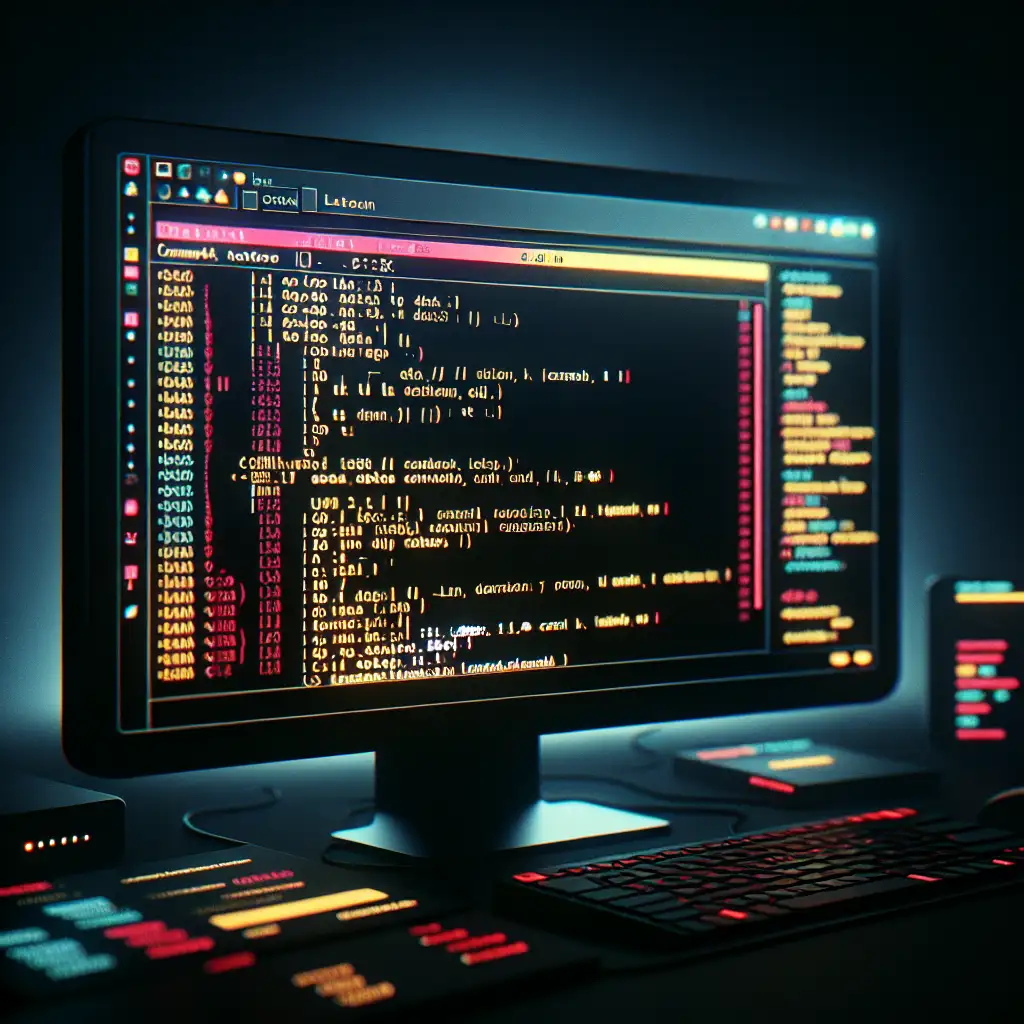Mastering Linux Basics: A Hands-On Guide to Building Your Command Line Confidence
Forget GUI crutches—this is about gaining command line confidence to unlock Linux's true power and flexibility for real-world problem solving, not just theoretical knowledge.
If you’re an IT professional or an aspiring developer, getting comfortable with Linux basics can transform the way you work. Linux powers most modern servers, cloud infrastructures, and countless development tools, yet many shy away from digging into its command line interface. This guide is here to change that, giving you practical, hands-on steps to build your command line skills from the ground up.
Why Learn Linux Basics?
Understanding Linux at a fundamental level equips you with a toolkit that underpins vast swaths of modern technology. Whether deploying cloud services on AWS, maintaining web servers, or writing scripts to automate your workflow, Linux skills put you in control. Instead of wrestling with GUIs that hide what’s going on under the hood, the command line lets you interact directly with the operating system, dramatically speeding up your troubleshooting and enhancing your problem-solving power.
Getting Started: Your First Linux Commands
If you’re new to Linux, don’t be intimidated. The command line might look cryptic, but most commands follow simple, logical patterns.
1. Open Your Terminal
If you don’t have a Linux machine, no worries — you can:
- Install a Linux distro in a virtual machine (VirtualBox or similar).
- Use a cloud-based Linux shell like AWS CloudShell or GitHub Codespaces.
- Try Windows Subsystem for Linux (WSL) if you’re on Windows.
Once you have your terminal open, try these basics:
2. Navigating the Filesystem
pwd— Print Working Directory
pwd
This tells you exactly where you are in the filesystem.
ls— List Directory Contents
ls
Lists the files and folders in your current directory.
cd— Change Directory
cd /var/log
Changes your working directory. Use cd .. to go one level up.
3. Managing Files and Folders
mkdir— Make Directory
mkdir my_project
Creates a new directory named my_project.
touch— Create an empty file
touch README.md
Creates an empty file called README.md.
cp— Copy files
cp README.md README_backup.md
Copies the README.md file.
mv— Move or rename files
mv README.md docs/README.md
Moves README.md into the docs folder.
rm— Remove files
rm README_backup.md
Deletes the specified file. (Be careful!)
rm -r— Remove directories recursively
rm -r old_folder
Deletes a directory and all its contents. Use with caution!
4. Viewing File Contents
cat— Display entire file
cat /etc/hosts
Prints the whole file content to your terminal.
head— Show first 10 lines
head /var/log/syslog
tail— Show last 10 lines
tail /var/log/syslog
Very helpful when checking logs!
Practice Tip: Exploring Your Home Directory
Try this quick exercise:
- Open terminal.
- Run:
pwdto see your starting location. - List files:
ls -la(the-lashows hidden files and permissions). - Create a directory called
my_test. - Inside
my_test, create three files namedfile1.txt,file2.txt, andfile3.txt. - List files again to confirm.
- Copy
file1.txttofile4.txt. - Delete
file2.txt. - View contents of
file3.txt(it will be empty).
This tiny project will familiarize you with basic navigation and file handling.
Mastering Permissions: The Basics
One essential part of Linux is understanding user permissions because everything is a file, including device drivers and processes.
- Check permissions:
ls -l
Example output:
-rw-r--r-- 1 user user 0 Jun 10 12:00 file1.txt
-
Read
r, writew, executexfor:- Owner (user)
- Group
- Others
-
Change permissions:
chmod u+x script.sh
Adds execute permission to the owner for script.sh.
Getting Help When Stuck
Running into a command you don’t understand? Use:
man ls
Shows the manual page for the ls command.
Or try:
ls --help
Displays a quick summary of options.
Wrapping Up: Your Next Steps
Command line confidence comes with consistent practice. Challenge yourself by:
- Automating simple tasks with shell scripts.
- Exploring process management (
ps,top,kill). - Experimenting with text-processing commands like
grep,awk,sed.
Remember, every Linux guru was once a beginner in a blinking cursor world. Get hands-on, experiment, break things (safely!), and build the muscle memory that will make Linux your most trusted tool.
Ready to dive in? Open your terminal now and run your first commands — your journey to mastering Linux starts with a single keystroke.
